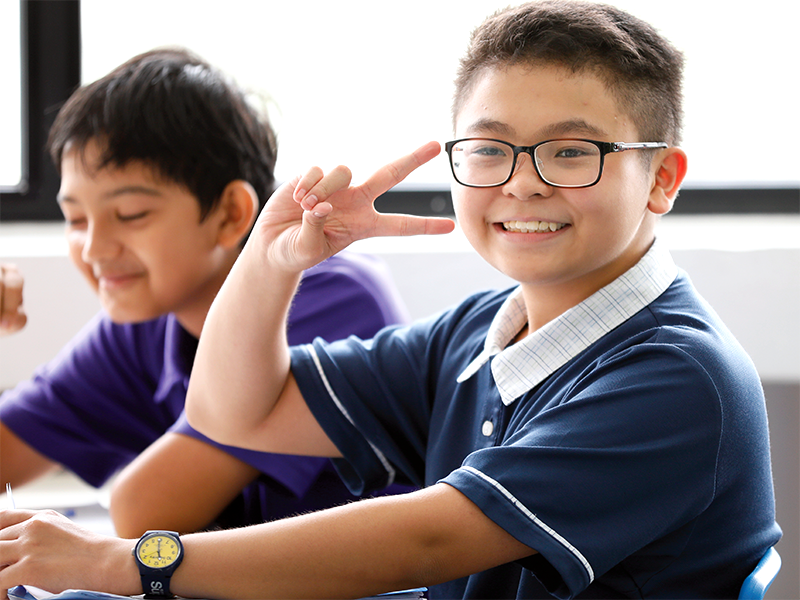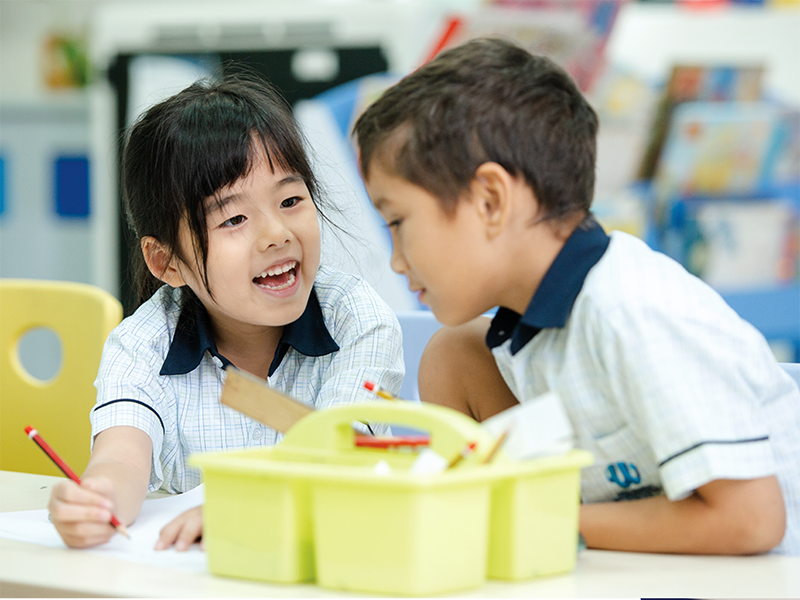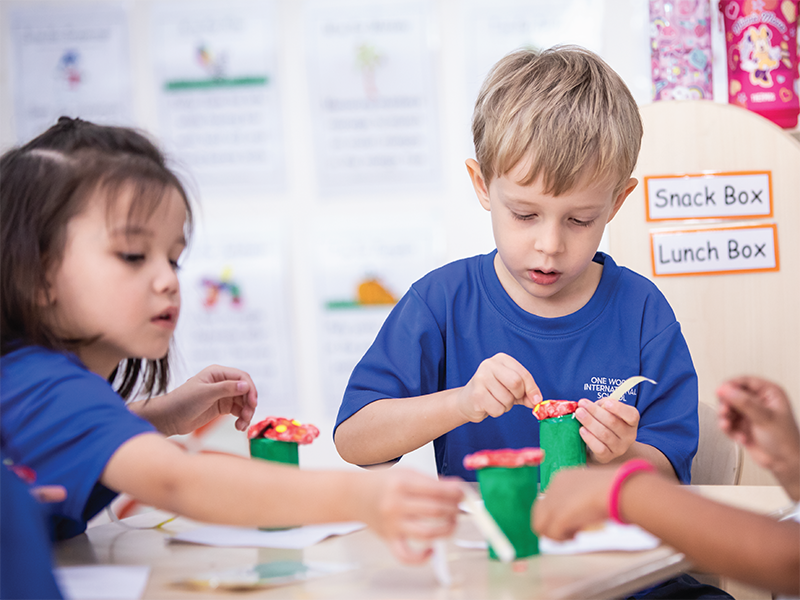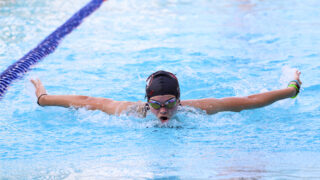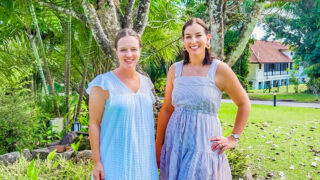Digital learning at schools has become more popular and essential. Technology can be incredibly helpful for both teaching and online learning. It is used to support learning in academics, activities, outdoor expeditions, and school projects. We take a look at the list of Singapore international schools that carry out learning via technology skills and tech tools, and how students benefit.
One World International School Punggol
The upcoming campus to the list of Singapore international schools, One World International School (OWIS) Digital Campus will be opening in August 2023 in Punggol.* It will be a state-of-the-art, modern digital learning environment where learners will hone 21st-century skills such as critical thinking, creativity, collaboration, communication, and more on online learning platforms.
The campus will have:
- Interactive smart classrooms where students play an active role in learning
- Skills studios to hone student’s creative skills and interests in multiple theoretical concepts
- STEM labs for hands-on learning
- World-class sports facilities with a smart analytics system for real-time tracking of player movements
- A multipurpose hall equipped with IMAX theatre and the latest audio-visual technology
- An acoustically enhanced black box theatre
- Four recreational and playground spaces divided based on age appropriateness
- Future-ready resources such as digital face recognition, digital lockers, interactive LED screens in every classroom and iPads for every student.
- Innovative technology skills and design features that facilitate eco-friendly practices such as urban farming, vertical gardens, renewable energy sources and energy-efficient elements.
This technology-driven approach places a strong emphasis on cultivating digital literacy and citizenship skills among learners. They will learn responsible digital citizenship, ethical online behaviour, privacy protection, cyber safety and other critical skills for engaging with online learning platforms. These empower them to become responsible and knowledgeable digital citizens who can confidently navigate the digital landscape.
* Proposed site for an international school that will open in August 2023 subject to regulatory approvals.
27A Punggol Field Walk
6914 7351 | owis.org/punggol-digital-campus
Dulwich College (Singapore)
Creative thinking drives the use of educational technology at Dulwich. The school’s vision is to develop well-rounded and balanced students who are proficient in both online and offline environments. Students build on a core foundation of academic skills, including being able to write by hand. These are enhanced with technology; by also building a core foundation of digital literacy skills, students develop the agility required to take advantage of emerging new technologies.

The strategic and purposeful use of portable devices within the classroom at Dulwich allows children to independently engage in digital learning at school in different ways, using a range of media, applications, augmented reality and pen-enabled technology. In Kindergarten and Junior School, children have access to a wide range of school-owned devices and applications. As the students grow in independence and proficiency and transition into Senior School, they bring their own devices. In time, students become confident, competent and responsible digital citizens who can enhance their own learning using technology skills, their own lives and the lives of others.
71 Bukit Batok West Avenue 8
6890 1000 | singapore.dulwich.org
Dover Court International School
Dover Court International School (DCIS) operates on a Bring Your Own Device policy for students in Primary and Secondary Schools. This ensures that technology skills are seamlessly embedded into the learning experience across all curriculum areas.
At the foundation of learning using technology at DCIS is the commitment to Digital Citizenship. This educates good digital citizens who will be responsible, safe users of technology skills. Guided by experienced teachers, students are equipped with skills and relevant digital learning at school experiences to inspire creativity, apply meaning to their learning and prepare them for the future.
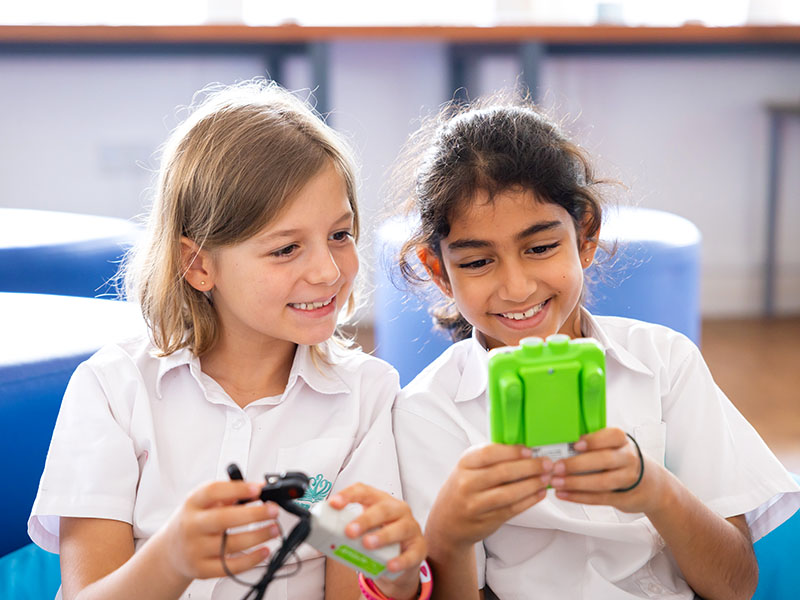
As a school with inclusion at its heart, the school has dynamic environments where children can choose the technology tools they would like to explore further. One way that digital learning at school is transferred across all parts of the curriculum is the use of robotics for students to explore their environment. For example, Micro:bits are used to measure data to inform students about how people can make more sustainable choices for the future. Photography and image processing are also part of the learning – DCIS students love using green-screen environments to take their learning to another world, literally.
301 Dover Road
6775 7664 | nordangliaeducation.com/dcis-singapore
Australian International School
At the Australian International School (AIS) in Singapore, technology is seamlessly integrated across every year level, department and area of the school. This forms three pillars of technology integration under the initiative of Building A Community of Innovative Thinkers:
- An Intelligent Ecosystem prioritises cross-functionality and synchronisation for maximising efficiency and streamlining systems for enhanced productivity and cohesiveness.
- Innovative Learning for Staff and Students targets technology adoption and upskilling that complements existing programmes for staff and students.
- Innovative Spaces for Innovation creates dedicated areas throughout the school, while transforming every classroom into an innovative digital learning space that empower students and teachers to effectively utilise technology to enhance learning.
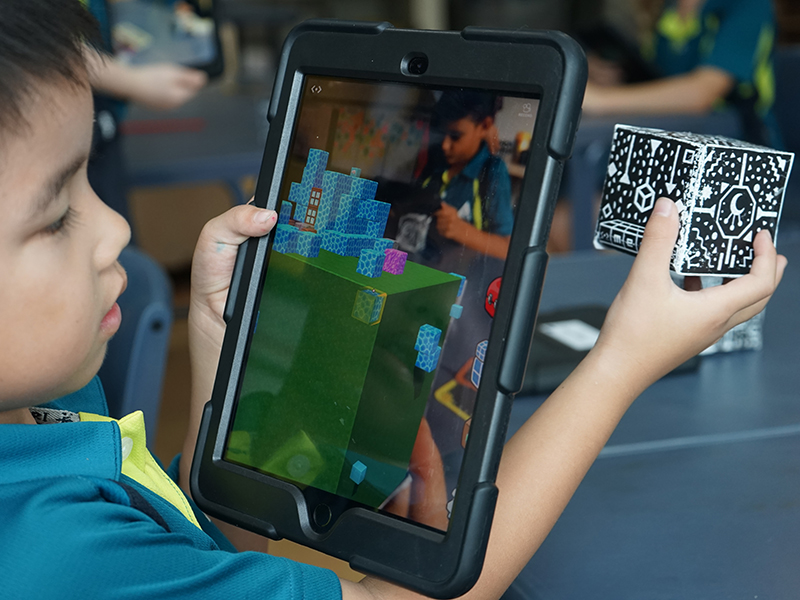
The classrooms and dedicated technology rooms called Innovation Labs are key technologies. These include AR/VR headsets and platforms, robotics and coding kits, 3D printers and modelling software, interactive whiteboards and smart displays, online learning platforms and virtual classrooms, STEM kits and equipment, and multimedia production tools. This approach to technology empowers both staff and students to be productive, creative and innovative in their everyday teaching and learning practices.
1 Lorong Chuan
6653 2958 | ais.com.sg
Check out the list of the best international schools in Singapore as well as reviews of preschools and kindergartens in Singapore.

